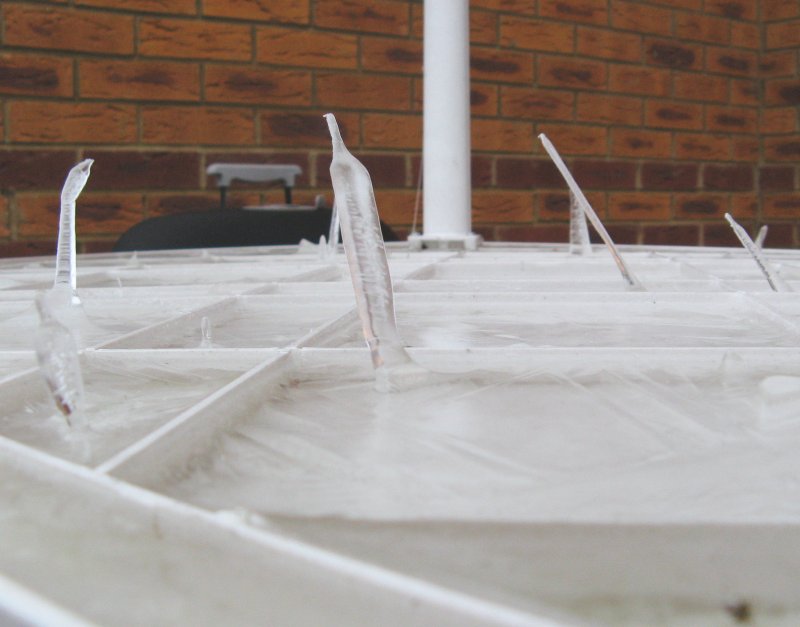

The health effects of Asian dust (mineral dust) originating from dry lands such as the Gobi Desert and Taklamakan Desert have recently been a concern. Health Impact Assessment of Asian Dust/Cross-border Air Pollutant and Necessary Preventive Measure. Formation of CaSO 4 on the dust particles was also suggested on the basis of quantitative results obtained by the use of the EDX. It is suggested that the internal mixture of minerals and sea-salt is probably due to interaction within clouds. Over the North Pacific Ocean, the dust-storm particles were present internally in sea-salt particles. The examination indicated that the dust particles were present as mixed particles (internal mixture of water-soluble and -insoluble material), wheras the the water-soluble material mainly contained Ca and S. For the individual particles collected over Japan, changes in morphological features and in the amounts of elements before and after the dialysis (extraction) of water-soluble material were studied. These dust-storm particles usually consisted of Mg, Al, Si, Ca, Ti and Fe, together with S and Cl. Asian dust-storm particles found in these samples were examined by use of an electron microscope equipped with an energy-dispersive X-ray analyzer (EDX). Individual aerosol particles were collected during spring 1986 near the surface over the Japanese islands (Nagasaki and Nagoya) and the North Pacific Ocean near Hawaii.

Okada, Kikuo Naruse, Hiroshi Tanaka, Toyoaki Nemoto, Osamu Iwasaka, Yasunobu Wu, Pei-Ming Ono, Akira Duce, Robert A. For permissions, please email: spectrometry of individual Asian dust-storm particles over the Japanese islands and the North Pacific Ocean

Published on behalf of the European Society of Cardiology. Asian dust events may lead to AMI and have a great impact on its onset in patients with CKD. The occurrence of Asian dust events was found to be significantly associated with AMI incidence among patients with a risk score of 5-6 (OR 2.45 95% CI: 1.14-5.27). A scoring system accounting for several AMI risk factors was developed. However, Asian dust events had a great impact on AMI onset in patients with CKD (P < 0.01). A significant association between AMI and Asian dust was observed in patients with age ≥75 years, male sex, hypertension, diabetes mellitus, never-smoking status, and chronic kidney disease (CKD). The occurrence of Asian dust events at 1 day before the onset of AMI was associated with the incidence of AMI and especially, non-ST-segment elevation myocardial infarction was significant (OR 2.03 95% CI, 1.30-3.15). A time-stratified case-crossover design was applied to examine the association between Asian dust exposure and AMI. Data collected between 1 April 2010 and 31 March 2015 were analysed, and 3713 consecutive AMI patients were included.

Data for ground-level observations of Asian dust events were measured at the Kumamoto Local Meteorological Observatory. Twenty-one participating institutions located throughout Kumamoto Prefecture and capable of performing coronary intervention were included in the study. To elucidate whether Asian dust is associated with the incidence of acute myocardial infarction (AMI) and to clarify whether patients who are highly sensitive to Asian dust will develop AMI. Kojima, Sunao Michikawa, Takehiro Ueda, Kayo Sakamoto, Tetsuo Matsui, Kunihiko Kojima, Tomoko Tsujita, Kenichi Ogawa, Hisao Nitta, Hiroshi Takami, Akinori Asian dust exposure triggers acute myocardial infarction.


 0 kommentar(er)
0 kommentar(er)
